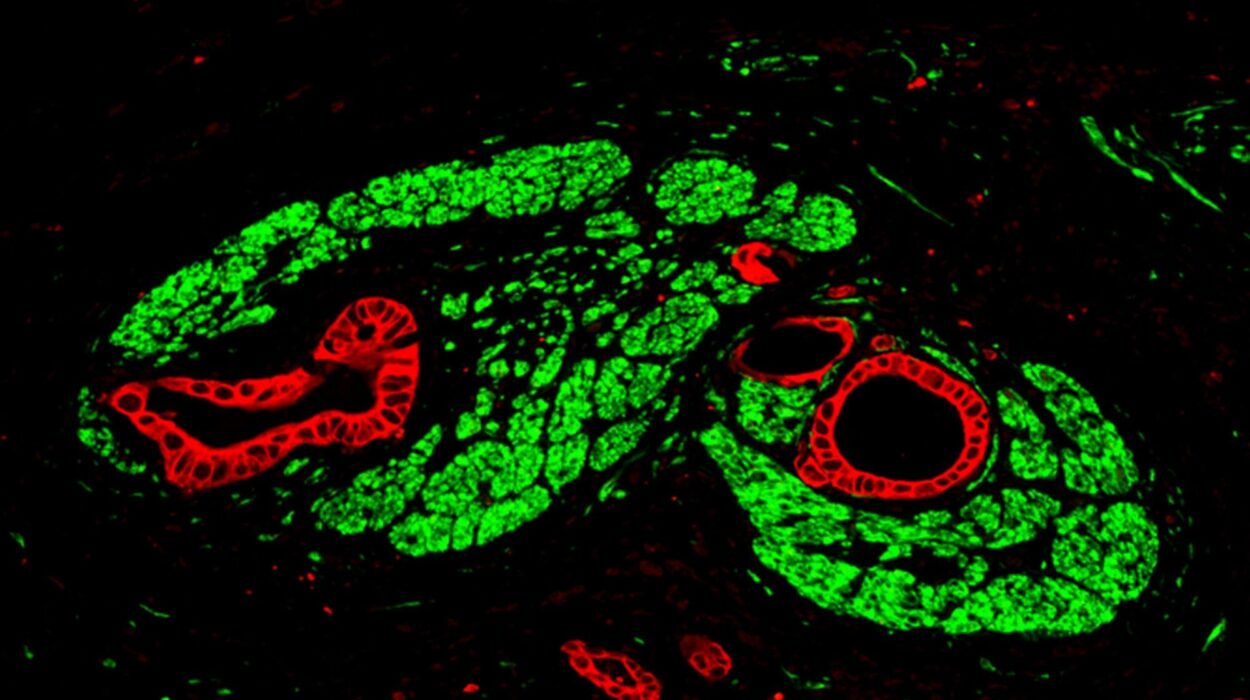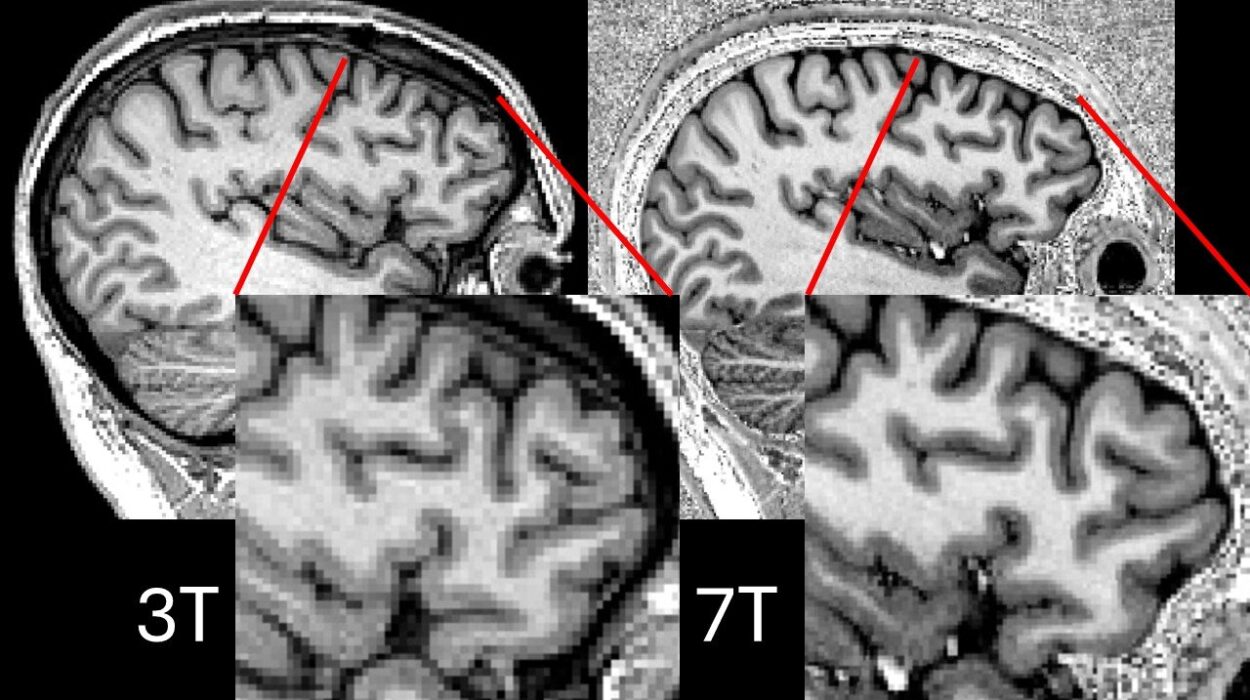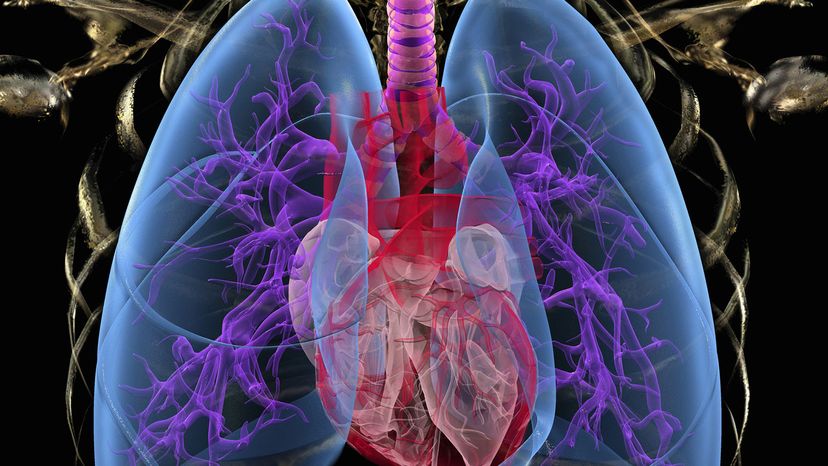Pain is one of the most universal human experiences. From the dull ache of a headache to the sharp sting of a paper cut, pain is a signal that something is wrong—a biological alarm system designed to protect us from harm. And yet, as much as pain is essential to survival, it is also something we desperately seek to avoid. That’s where painkillers come into play.
Painkillers, or analgesics, have become an integral part of modern medicine and everyday life. Whether it’s over-the-counter aspirin or prescription morphine, these substances offer relief, comfort, and sometimes even life-saving support for those suffering from injury, illness, or chronic pain. But how exactly do these drugs work? Why do some people find relief from ibuprofen, while others require the power of opioids? And what are the risks and realities behind these chemical helpers?
To understand how painkillers work, we must dive into the science of pain itself, explore the history of humankind’s quest to control it, and examine the diverse arsenal of medications—from humble aspirin to powerful morphine—that help us cope.
The Biology of Pain: What Are We Actually Feeling?
Before we can appreciate how painkillers function, it’s essential to understand what pain is and how our bodies process it. Pain begins with a stimulus—mechanical, thermal, or chemical—that activates specialized nerve endings known as nociceptors. These receptors are embedded throughout the body, lying in wait for something to go wrong.
Once a nociceptor is activated—say, you touch a hot stove—it sends electrical signals through sensory neurons to the spinal cord, which then transmits the message to the brain. The brain interprets this input as pain. But pain isn’t just a simple, physical signal. It is profoundly shaped by emotions, memories, expectations, and context. That’s why the same injury might hurt more or less depending on your mental state, environment, or past experiences.
There are two main types of pain: acute and chronic. Acute pain is sudden and sharp, usually a response to injury or surgery. It typically resolves as the body heals. Chronic pain, on the other hand, lasts for weeks, months, or even years. It can result from long-term conditions like arthritis or nerve damage and often becomes a complex mix of physical and psychological suffering.
Early Remedies: Painkillers Before Modern Medicine
Long before we understood the molecular mechanisms of pain, ancient civilizations turned to nature for relief. The Sumerians, around 4000 BCE, were among the first to document the use of opium poppies for pain relief. The Greeks and Romans followed suit, with Hippocrates himself recommending willow bark—now known to contain salicylic acid, the precursor to aspirin—for pain and fever.
In ancient China, acupuncture was developed based on the belief that pain resulted from blocked energy flow. In India, Ayurveda incorporated plant-based treatments like turmeric and ginger. Indigenous peoples in the Americas used coca leaves, tobacco, and a variety of herbs for analgesia. Despite the lack of scientific understanding, these traditional methods often offered real, measurable relief.
The quest to alleviate pain drove some of the most important advancements in medicine, and many ancient remedies would later become the foundation of modern pharmacology.
Aspirin: The Birth of Modern Pain Relief
Fast forward to the late 19th century, and a revolution was brewing in chemistry labs. In 1897, a young chemist named Felix Hoffmann, working for the German company Bayer, synthesized a stable form of acetylsalicylic acid. This compound was easier on the stomach than its parent chemical, salicylic acid, and it worked remarkably well for pain and fever. Bayer named it “Aspirin.”
Aspirin was one of the first mass-produced drugs and quickly became a household name. But it wasn’t until the 1970s that scientists discovered how aspirin actually worked. The answer lay in a newly discovered group of chemicals called prostaglandins.
When tissue is damaged or inflamed, it releases prostaglandins, which amplify pain signals, promote inflammation, and cause fever. Aspirin works by blocking an enzyme called cyclooxygenase (COX), which is necessary for prostaglandin production. By inhibiting COX, aspirin reduces prostaglandins, thereby diminishing pain and inflammation.
This discovery opened the floodgates for a new class of drugs known as nonsteroidal anti-inflammatory drugs, or NSAIDs.
NSAIDs: Ibuprofen, Naproxen, and Beyond
After aspirin’s success, pharmaceutical companies raced to develop similar but improved compounds. In the 1960s, ibuprofen was introduced. Naproxen followed. These NSAIDs work much like aspirin—by blocking COX enzymes and reducing prostaglandin production. They’re especially effective for inflammatory conditions like arthritis or menstrual cramps.
However, not all COX enzymes are the same. COX-1 helps protect the stomach lining and maintain kidney function, while COX-2 is more directly involved in inflammation and pain. Traditional NSAIDs inhibit both, which explains why they can cause gastrointestinal side effects, such as ulcers and bleeding.
In the 1990s, selective COX-2 inhibitors like celecoxib (Celebrex) were developed to target inflammation without damaging the stomach. Although they were promising, some COX-2 inhibitors were later linked to increased risks of heart attack and stroke, leading to the withdrawal of drugs like Vioxx from the market.
Still, NSAIDs remain among the most widely used painkillers worldwide. They’re affordable, accessible, and effective for mild to moderate pain.
Acetaminophen: The Mystery Analgesic
Often grouped with NSAIDs but chemically distinct is acetaminophen (also known as paracetamol). Marketed under brand names like Tylenol or Panadol, acetaminophen is used to relieve pain and reduce fever but has little anti-inflammatory action.
Curiously, even today, scientists don’t fully understand how acetaminophen works. It’s believed to affect the brain’s processing of pain and may inhibit a variant of the COX enzyme found in the central nervous system. Some researchers also speculate that it interacts with the endocannabinoid system, which regulates mood, pain, and appetite.
What makes acetaminophen unique is its gentle effect on the stomach. Unlike NSAIDs, it doesn’t damage the gastrointestinal lining or increase the risk of bleeding. However, it carries a serious risk of liver toxicity if taken in high doses or combined with alcohol. Acetaminophen overdose is a leading cause of acute liver failure, making proper dosing essential.
Local Anesthetics: Numbing the Nerves
While NSAIDs and acetaminophen work throughout the body, local anesthetics target specific areas. These drugs block nerve signals in a localized region, providing temporary numbness and pain relief. Commonly used in dentistry, minor surgeries, and even childbirth (via epidurals), local anesthetics like lidocaine and bupivacaine act by inhibiting sodium channels in nerve membranes.
When sodium channels are blocked, nerves cannot transmit electrical impulses, and the sensation of pain is halted. The effect is temporary and reversible, which makes local anesthetics invaluable for procedures where consciousness is preserved but pain needs to be eliminated.
Interestingly, local anesthetics were first discovered in the 19th century through the use of cocaine—a powerful but addictive stimulant. Chemists soon synthesized safer alternatives, paving the way for modern-day numbing agents.
Opioids: The Double-Edged Sword
If NSAIDs and acetaminophen are the foot soldiers of pain relief, opioids are the heavy artillery. Derived from the opium poppy or synthesized in labs, opioids are among the most powerful analgesics known to medicine. They include morphine, codeine, oxycodone, hydrocodone, fentanyl, and others.
Opioids work by binding to specific receptors in the brain and spinal cord known as mu-opioid receptors. These receptors are part of the body’s natural pain-control system. When activated, they reduce the perception of pain, induce euphoria, and suppress the emotional response to suffering.
Morphine, named after Morpheus—the Greek god of dreams—was first isolated in the early 19th century. It became widely used during the American Civil War, earning the nickname “soldier’s joy.” However, its addictive potential soon became apparent, and the search for safer alternatives began.
Despite their effectiveness, opioids carry significant risks. Tolerance can develop quickly, meaning higher doses are needed over time. Dependence and addiction are real dangers. Withdrawal can be agonizing, and overdose can be fatal due to respiratory depression.
In recent years, the opioid crisis has brought these dangers into sharp focus. The overprescription and misuse of opioid medications have led to hundreds of thousands of deaths, prompting a re-evaluation of pain management strategies across the medical community.
Synthetic and Semi-Synthetic Opioids: A Dangerous Evolution
While morphine and codeine are natural opiates, drugs like oxycodone, hydromorphone, and fentanyl are synthetic or semi-synthetic. These drugs are designed to be more potent, longer-lasting, or more easily absorbed.
Fentanyl, for example, is up to 100 times more potent than morphine. It has legitimate medical uses, especially in cancer care or post-operative settings, but its potency also makes it incredibly dangerous in unregulated contexts. Illicit fentanyl has become a major driver of opioid-related deaths due to its ease of overdose.
Buprenorphine and methadone are other synthetic opioids used to treat addiction. They provide enough stimulation to prevent withdrawal symptoms but are less likely to cause euphoria or overdose when used correctly. These medications are central to medication-assisted treatment (MAT) programs that help people recover from opioid dependence.
Alternative Painkillers: Antidepressants, Anticonvulsants, and More
Pain is complex, and sometimes it doesn’t respond to traditional analgesics. That’s especially true for neuropathic pain, which results from nerve damage or malfunction. In such cases, medications originally developed for other conditions—like antidepressants or anticonvulsants—are often used.
Drugs like amitriptyline (a tricyclic antidepressant) or duloxetine (a serotonin-norepinephrine reuptake inhibitor) can modulate pain signals in the brain and spinal cord. Similarly, anticonvulsants like gabapentin and pregabalin stabilize nerve activity and are widely used for conditions like fibromyalgia, shingles, and diabetic neuropathy.
These drugs don’t eliminate pain in the same way as NSAIDs or opioids, but they can significantly reduce its intensity or frequency, especially when used in combination with other therapies.
The Future of Pain Management: Beyond Pills
Modern science is pushing the boundaries of pain relief. Researchers are exploring gene therapy, stem cell treatments, and nanotechnology to target pain at the molecular level. Non-drug approaches—like cognitive-behavioral therapy (CBT), physical therapy, acupuncture, and mindfulness meditation—are gaining recognition for their role in managing chronic pain.
There is also increasing interest in the role of the endocannabinoid system. Medical cannabis and synthetic cannabinoids like dronabinol are being studied for pain relief, particularly in patients with cancer or multiple sclerosis. While results are mixed, the potential is intriguing.
One of the most promising frontiers is the development of non-addictive painkillers. Scientists are designing molecules that activate opioid receptors without triggering euphoric effects or respiratory depression. These “biased agonists” could revolutionize pain management if proven safe and effective.
The Social and Ethical Dimension of Painkillers
Painkillers don’t exist in a vacuum. Their use, distribution, and consequences ripple through society. While they offer relief and healing, they can also bring addiction, crime, and despair when misused.
The opioid epidemic has exposed deep flaws in how pain is treated and understood. Overemphasis on pharmaceutical solutions, underinvestment in alternative therapies, and aggressive marketing by drug companies all contributed to the crisis. Moving forward, a more balanced, compassionate, and evidence-based approach to pain is essential.
Equally important is ensuring equitable access to pain relief. In many parts of the world, essential painkillers like morphine are unavailable due to regulatory, logistical, or cultural barriers. This leaves millions of people—especially in low-income countries—suffering needlessly. Addressing this “global pain divide” is both a medical and moral imperative.
Conclusion: The Eternal Struggle and Triumph Over Pain
From ancient herbal remedies to modern synthetic opioids, the story of painkillers is one of science, hope, danger, and redemption. Pain may be an inevitable part of life, but the quest to relieve it has brought out some of humanity’s best qualities: ingenuity, empathy, and perseverance.
Understanding how painkillers work is more than a scientific curiosity—it’s a journey into the heart of what it means to be human. We hurt, we heal, and in our pursuit of comfort, we uncover both the marvels and the limits of medicine.
As we stand on the brink of new breakthroughs in neuroscience and pharmacology, one truth remains: the desire to conquer pain is eternal. And in that struggle, painkillers will continue to be both our allies and our cautionary tale.






